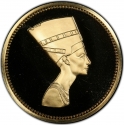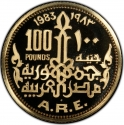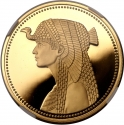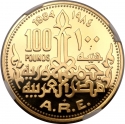You are about to finish your registration. Please check your mailbox (including spam folder). There should be a letter with a confirmation link. Check setting to make sure that your e-mail address is correct.
Send letter againDescription
Egyptology (from Egypt and Greek -λογία, -logia; Arabic: علم المصريات) is the study of ancient Egyptian history, language, literature, religion, architecture and art from the 5th millennium BC until the end of its native religious practices in the 4th century AD. A practitioner of the discipline is an "Egyptologist".
The earliest explorers of ancient Egypt were the ancient Egyptians themselves. Inspired by a dream he had, Thutmose IV led an excavation of the Great Sphinx of Giza and inscribed a description of the dream on the Dream Stele. Less than two centuries later, Prince Khaemweset, fourth son of Ramesses II, would gain fame for identifying and restoring historic buildings, tombs and temples, including pyramids; and has subsequently been described as the first Egyptologist.
In 1822, the respective Egyptian hieroglyphs were transliterated by Jean-François Champollion, marking the beginning of modern Egyptology. With increasing knowledge of Egyptian writing, the study of ancient Egypt was able to proceed with greater academic rigour.
Designer: Thabet
Obverse

|
Depicts the Rosetta Stone, behind it radiant sun within a circle and the inscription "200 Years of Egyptology" in English and Arabic, dates on both sides, engraver's name below. 200 YEARS OF EGYPTOLOGY |
|---|---|
Reverse

|
State name above, denomination within a circle (Arabic and English), and year of issue in Gregorian and Hijri calendar years (both in Arabic). جمهورية مصر العربية |
| Edge |
100 Pounds
200th Anniversary of Egyptology
KM#
200th Anniversary of Egyptology







